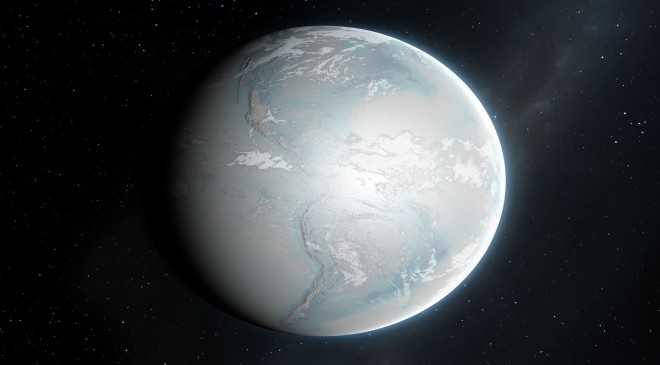NASA has been monitoring a strange anomaly in Earth’s magnetic field: a giant region of lower magnetic intensity in the skies above the planet, stretching out between South America and southwest Africa.
This vast, developing phenomenon, called the South Atlantic Anomaly, has intrigued and concerned scientists for years, and perhaps none more so than NASA researchers.
Read More:- How To Record Phone Calls On A Samsung Galaxy
The space agency’s satellites and spacecraft are particularly vulnerable to the weakened magnetic field strength within the anomaly, and the resulting exposure to charged particles from the Sun.
The South Atlantic Anomaly (SAA) – likened by NASA to a ‘dent’ in Earth’s magnetic field, or a kind of ‘pothole in space’ – generally doesn’t affect life on Earth, but the same can’t be said for orbital spacecraft (including the International Space Station), which pass directly through the anomaly as they loop around the planet at low-Earth orbit altitudes.
Read More:-How much was Beyoncé paid to perform Netflix’s NFL Christmas Day halftime show?
During these encounters, the reduced magnetic field strength inside the anomaly means technological systems onboard satellites can short-circuit and malfunction if they become struck by high-energy protons emanating from the Sun.
These random hits may usually only produce low-level glitches, but they do carry the risk of causing significant data loss, or even permanent damage to key components – threats obliging satellite operators to routinely shut down spacecraft systems before spacecraft enter the anomaly zone.
Read More:-Trump wishes ‘Merry Christmas’ to ‘left lunatics’ in frenzy of social posts
Mitigating those hazards in space is one reason NASA is tracking the SAA; another is that the mystery of the anomaly represents a great opportunity to investigate a complex and difficult-to-understand phenomenon, and NASA’s broad resources and research groups are uniquely well-appointed to study the occurrence.
“The magnetic field is actually a superposition of fields from many current sources,” geophysicist Terry Sabaka from NASA’s Goddard Space Flight Centre in Greenbelt, Maryland explained in 2020.
Read More:-‘Amex, Chase & Bank of America face backlash for quietly making huge change to credit cards
The primary source is considered to be a swirling ocean of molten iron inside Earth’s outer core, thousands of kilometers below the ground. The movement of that mass generates electrical currents that create Earth’s magnetic field, but not necessarily uniformly, it seems.
A huge reservoir of dense rock called the African Large Low Shear Velocity Province, located about 2,900 kilometers (1,800 miles) below the African continent, is thought to disturb the field’s generation, resulting in the dramatic weakening effect – which is aided by the tilt of the planet’s magnetic axis.































